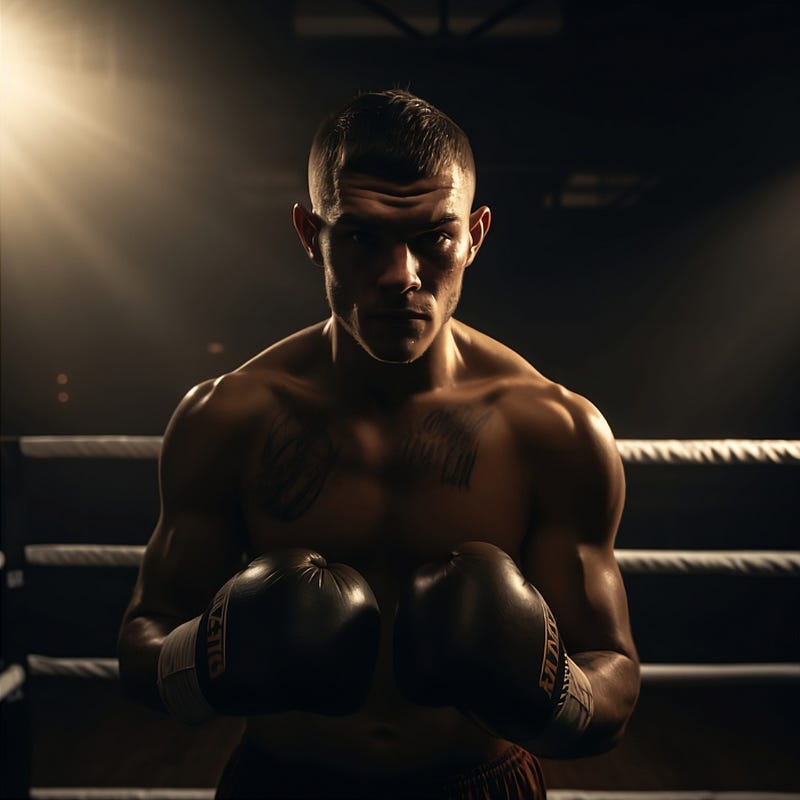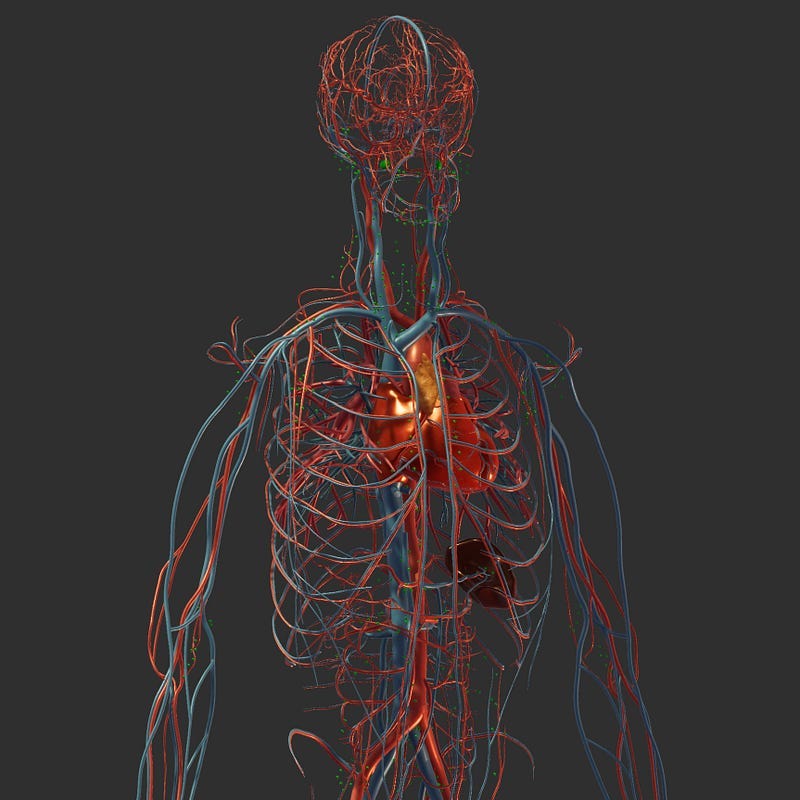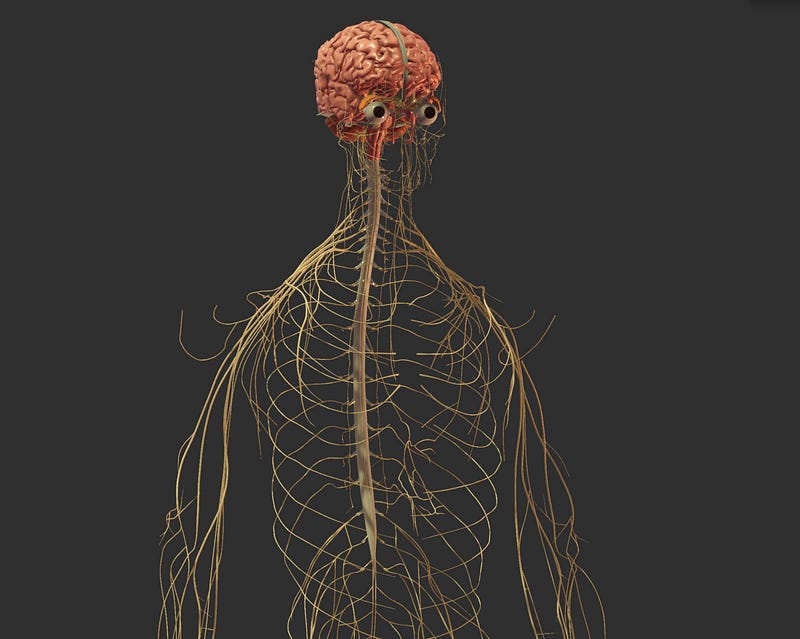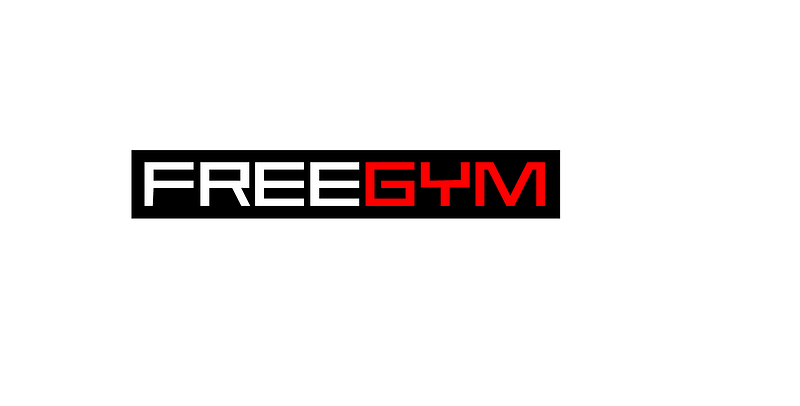Biomechanics 3: Exploring Connections between Sports Biomechanics, Exercise Physiology, and Motor…
I believe as an athlete, coach, or fitness professional, it is essential to have a comprehensive understanding of various sports science…
I believe as an athlete, coach, or fitness professional, it is essential to have a comprehensive understanding of various sports science subjects, including biomechanics, motor learning and control, exercise physiology, and others. These disciplines are interconnected fields that each provide unique insights into how the body works, moves, and adapts to training. By understanding the relationships between these disciplines and how they influence physical skills and fitness, practitioners can develop customized programs tailored to individuals’ unique needs, abilities, and goals.
I have already talked enough about Biomechanics in the last two articles and so let’s talk a bit about exercise physiology and motor control & learning before exploring how they are all connected.
Exercise physiology is the study of the physiological responses and adaptations to physical exercise. Some of the major topics in exercise physiology include
Cardiovascular response to exercise, including how the heart, blood vessels, and blood respond to deliver oxygen to tissues. This includes studying how cardio fitness improves with training.
Respiratory response to exercise, including how breathing increases to provide oxygen and remove carbon dioxide. This includes studying how lung capacity and breathing efficiency change with training.
Metabolic responses, including how the body uses oxygen and nutrients to generate energy for exercise. This includes studying how the body utilizes different energy systems (aerobic vs. anaerobic) for different exercise intensities and durations.
Muscular responses, including how muscles contract, produce force, and fatigue during exercise. This includes studying how muscles adapt to training to become stronger or more fatigue-resistant.
Hormonal responses, including the roles of hormones like cortisol and growth hormone in regulating and responding to exercise.
Body’s responses to acute and chronic exercise, including both the immediate effects of a single bout of exercise as well as the long-term adaptations from regular training.
The goal of exercise physiology is to understand the body’s responses to physical exertion and how adaptations to exercise improve physiological function and performance.
Motor control and learning, on the other hand, is the study of how humans acquire and control motor skills. It aims to understand the neurophysiological processes involved in:
Learning movements through practice, including how we encode motor memories and skills. This involves studying factors that influence learning like repetition, feedback, attention, motivation, etc.
Generating and coordinating muscle forces to produce skilled movement. This includes how the nervous system plans and controls movement, with a focus on the roles of the brain, spinal cord, and peripheral nervous system.
Performing complex motor skills that are adaptable to varying conditions. This involves examining how we achieve motor flexibility, adaptability, and dexterity.
The Connection Between Biomechanics and Exercise Physiology
Running Economy: Running economy refers to the energy cost of running at a given speed, which can impact overall performance. Biomechanics can help determine factors such as stride length, stride frequency, and foot strike pattern, which affect the efficiency of a runner’s movement. Exercise physiology, on the other hand, can help analyze the metabolic cost of running and the runner’s aerobic capacity (VO2 max). By understanding the interplay between biomechanics and exercise physiology, coaches and athletes can develop training programs that optimize the running economy, ultimately improving performance.
Resistance Training: Resistance training involves exercises that use external resistance to improve muscle strength, size, and endurance. Biomechanics can help determine the most effective lifting techniques, joint angles, and muscle activation patterns, thus minimizing the risk of injury and ensuring proper muscle engagement. Exercise physiology explores the body’s response to resistance training, such as hormonal adaptations, energy systems, and the progressive overload principle. A comprehensive understanding of both fields is necessary to design and implement effective resistance training programs.
Injury Prevention and Rehabilitation: Biomechanics plays a significant role in identifying the causes of injuries, such as poor movement patterns, muscle imbalances, and joint stress. Exercise physiology helps understand the body’s response to these mechanical issues and guides the development of rehabilitation and injury prevention programs. For example, a runner with an overuse injury may have poor running mechanics, causing excessive stress on a particular muscle group. By addressing the biomechanical issue and applying exercise physiology principles to develop a targeted strengthening and flexibility program, the runner can recover and prevent future injuries.
Swimming Performance: In swimming, the connection between biomechanics and exercise physiology is evident in the analysis of stroke technique and efficiency. Biomechanics helps identify optimal body positioning, and arm and leg movements, and streamline form to reduce drag and improve propulsion. Exercise physiology provides insights into the swimmer’s aerobic capacity, lactate threshold, and energy system development, which are essential for optimizing training programs and improving performance.
The Connection Between Biomechanics and Motor Control &Learning
Skill Acquisition: When learning a new motor skill, such as playing tennis or performing a dance routine, biomechanics provides insight into the optimal movement patterns, joint angles, and muscle activation. Motor control and learning, on the other hand, focus on how the nervous system adapts and refines these movements through practice and experience. By understanding the relationship between biomechanics and motor control and learning, coaches and trainers can develop more effective skill acquisition programs that emphasize proper movement patterns and minimize the risk of injury.
Movement Efficiency: Efficient movement patterns help conserve energy, reduce fatigue, and improve overall performance. Biomechanics can help identify inefficiencies in movement patterns, such as excessive joint stress or uncoordinated muscle activation. Motor control and learning involve understanding how the nervous system coordinates and adapts these movements to optimize efficiency. For example, a cyclist with an inefficient pedaling technique may improve their performance by refining their biomechanics through targeted motor learning exercises.
Adaptation to Injury or Disability: Injuries or physical disabilities can significantly impact an individual’s biomechanics and movement patterns. Motor control and learning play a crucial role in adapting to these changes and finding new ways to coordinate and control movement. For example, an individual who loses a limb may need to develop new motor strategies to maintain balance and perform daily tasks. Understanding the relationship between biomechanics and motor control and learning can help rehabilitation professionals develop targeted interventions that promote functional independence and improve the quality of life for individuals with injuries or disabilities.
Aging and Movement: As we age, changes in muscle strength, flexibility, and joint stability can affect our biomechanics and movement patterns. Motor control and learning help us understand how the nervous system adapts to these changes and can help identify strategies to maintain or improve movement quality and efficiency. For example, older adults may benefit from targeted motor learning exercises to counteract the effects of age-related biomechanical changes and maintain functional independence.
The Connection Between Exercise Physiology and Motor Control &Learning
Skill Acquisition and Training: When learning a new motor skill, such as playing a musical instrument or practicing a sport, exercise physiology helps us understand the body’s response to training, including muscular adaptation, energy system development, and the role of hormones. Motor control and learning, on the other hand, focus on how the nervous system refines and coordinates these movements through practice and experience. By understanding the relationship between exercise physiology and motor control and learning, trainers and coaches can develop more effective training programs that optimize performance and minimize the risk of injury.
Fatigue and Performance: Fatigue can significantly impact motor control and learning, as the body’s physiological responses to fatigue can alter movement coordination, reaction time, and accuracy. Exercise physiology helps us understand the factors contributing to fatigue, such as energy system depletion, lactic acid build-up, and electrolyte imbalances. Motor control and learning can provide insight into how the nervous system adapts to these changes and compensates for fatigue. By understanding the connection between exercise physiology and motor control and learning, athletes and coaches can develop strategies to manage fatigue and maintain performance.
Recovery and Adaptation: Exercise physiology plays a crucial role in understanding the recovery process after physical activity, including muscle repair, replenishing energy stores, and reducing inflammation. Motor control and learning can help us understand how the nervous system adapts to these physiological changes, refining movement patterns and developing more efficient motor strategies. By integrating exercise physiology and motor control and learning, rehabilitation professionals can design targeted interventions that promote optimal recovery and adaptation, ultimately improving movement quality and performance.
Aging and Movement: As we age, our physiological capacities, such as muscle strength, aerobic capacity, and flexibility, decline. This decline can impact motor control and learning, as the nervous system must adapt to these changes and find new ways to coordinate and control movement. Exercise physiology helps us understand age-related physiological changes, while motor control and learning can provide insight into how the nervous system adapts to maintain or improve movement quality and efficiency. By understanding the connection between exercise physiology and motor control and learning, professionals can develop targeted interventions to promote healthy aging and maintain functional independence.
The interactions between these areas show that they cannot be fully understood in isolation. They work together to produce human movement and physical function. A comprehensive approach requires considering biomechanics, physiology, and motor control in an integrated way.
To show your support for our Free Fitness Movement, you may follow me on the following platforms:








